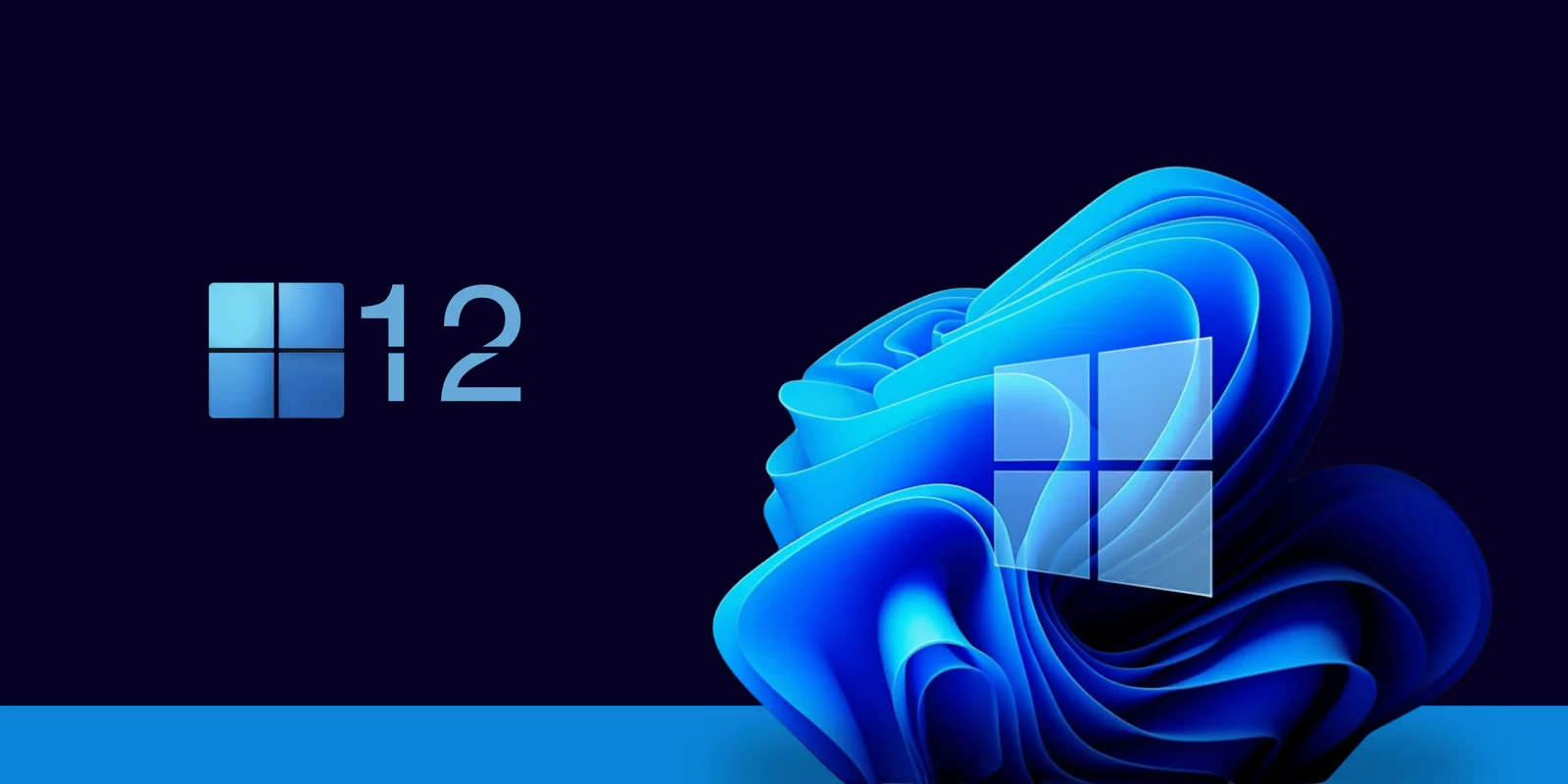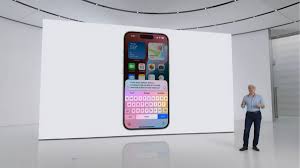Windows 12 is projected to launch between July and October 2025, following Microsoft’s typical release patterns. The upcoming OS is expected to heavily emphasize AI capabilities, building on features introduced in Windows 11. Notably, there are concerns about the potential reintroduction of ads in the Start menu, which Microsoft briefly tested before removing.
Before Windows 12 arrives, we can expect a final update for Windows 11: the 24H2 version, set to include HDR background support, Wi-Fi 7, and enhanced AI features.
Anticipated Features of Windows 12
AI Integration: Microsoft aims to centralize AI within Windows 12, enhancing features introduced in previous updates. Expect advancements in Microsoft Copilot, which could offer personalized user experiences and improved search capabilities.
User Interface: Two years ago, Windows Central’s Zac Bowden previewed a prototype UI that showcased floating toolbars, a weather icon, and a mobile-style interface. This could hint at a fresh design direction for the OS.
Hardware Requirements: While specific requirements aren’t yet confirmed, we anticipate Windows 12 will necessitate a 1 GHz 64-bit processor, 4-8 GB of RAM, and 256 GB of SSD storage. These specs aim to support the expected AI features.
Pricing Structure: Windows 12 will likely be a free upgrade for Windows 11 users, with a potential charge for Windows 10 users. Standalone versions may follow similar pricing patterns to Windows 11, with Home editions starting around $139.
As we await more details, it’s clear that Microsoft aims to enhance user experience while integrating innovative AI functionalities into the next generation of Windows.








